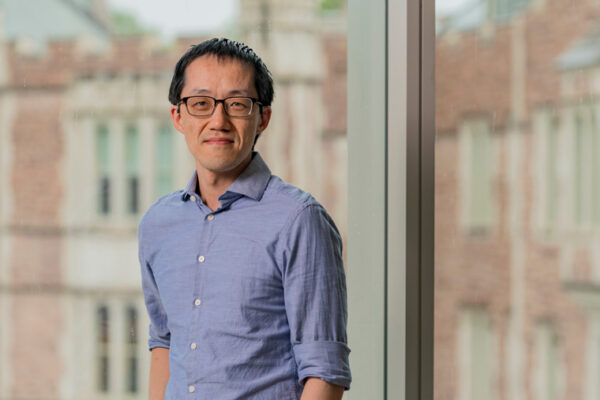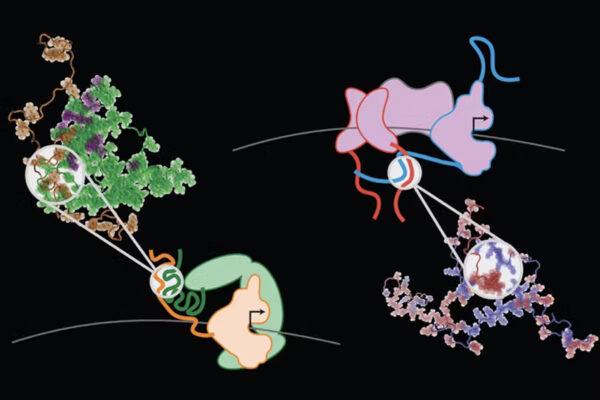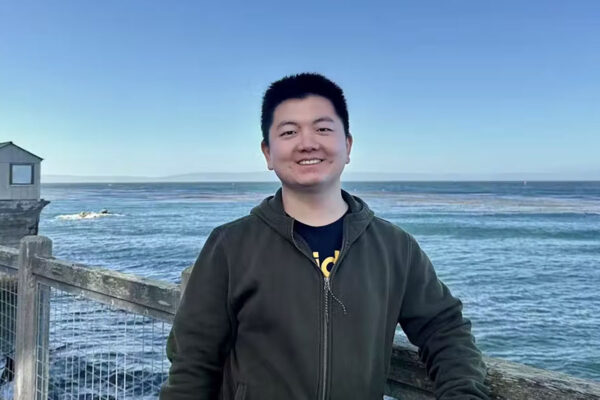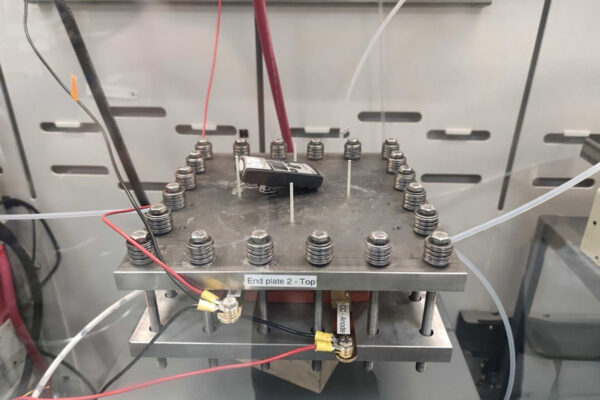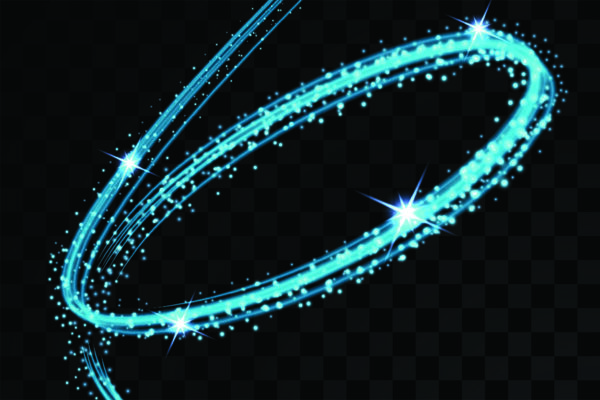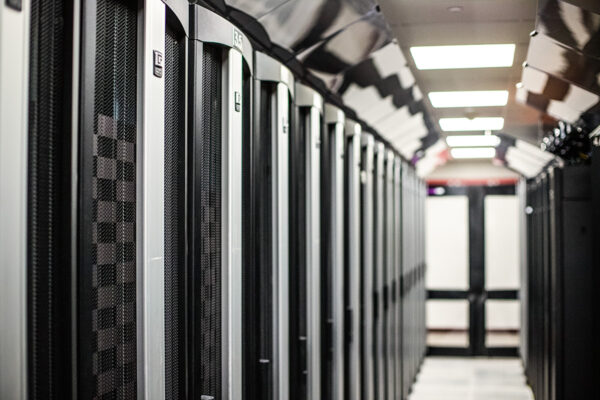Ching named chair of electrical and systems engineering
ShiNung Ching, an expert in neuroengineering, has been named chair of the Preston M. Green Department of Electrical & Systems Engineering at the McKelvey School of Engineering.
Best defense? Invest in research
The McKelvey School of Engineering at Washington University in St. Louis has received several grants from the Department of Defense to support research into machine learning and energy storage.
Silva, Yang named fellows of National Academy of Inventors
The National Academy of Inventors has elected two Washington University in St. Louis faculty members to its 2025 cohort of fellows: Jennifer N. Silva, MD, and Lan Yang.
Lew elected fellow of Optica
Matthew Lew, at the McKelvey School of Engineering at Washington University in St. Louis, has been elected to the 2026 class of Optica fellows.
Understanding intrinsically disordered protein regions and their roles in cancer
Researchers at Washington University in St. Louis have developed an algorithm to decode the language of intrinsically disordered regions of proteins and their roles in human cancers.
Wang receives 2025 Google PhD fellowship
Doctoral student Ruiqi Wang at Washington University in St. Louis has received a prestigious Google PhD fellowship for health research.
Inexpensive materials transform waste carbon into energy-rich compounds
Research from engineers at Washington University in St. Louis will help turn waste gas into energy-rich compounds for sustainable manufacturing.
Prime time for fiber optics to take a deep dive into brain circuits
A group of researchers from Washington University in St. Louis has created a new kind of fiber-optic device to manipulate neural activity deep in the brain.
New center to develop AI-based imaging tools to improve diagnosis, care
WashU Medicine Mallinckrodt Institute of Radiology is establishing the Center for Computational and AI-enabled Imaging Sciences, in partnership with WashU’s McKelvey School of Engineering, to improve the diagnosis and precision treatment of cancers, cardiovascular disease, neurological diseases and numerous other conditions.
Tissue ‘tipping points’: How cells collectively switch from healthy to disease states
In recent research, Guy Genin, a biomedical engineer at Washington University in St. Louis, has identified phase transitions in living tissue that could explain why fibrosis suddenly accelerates.
View More Stories



